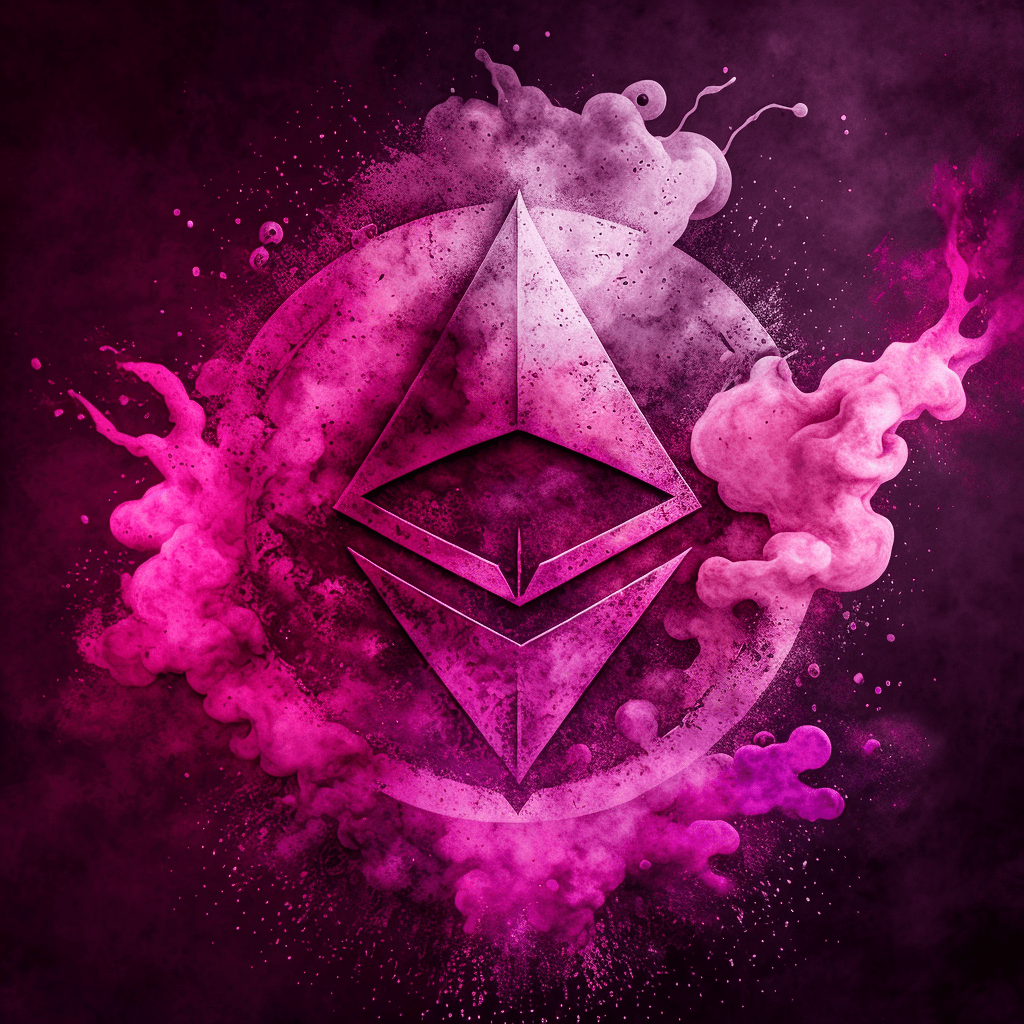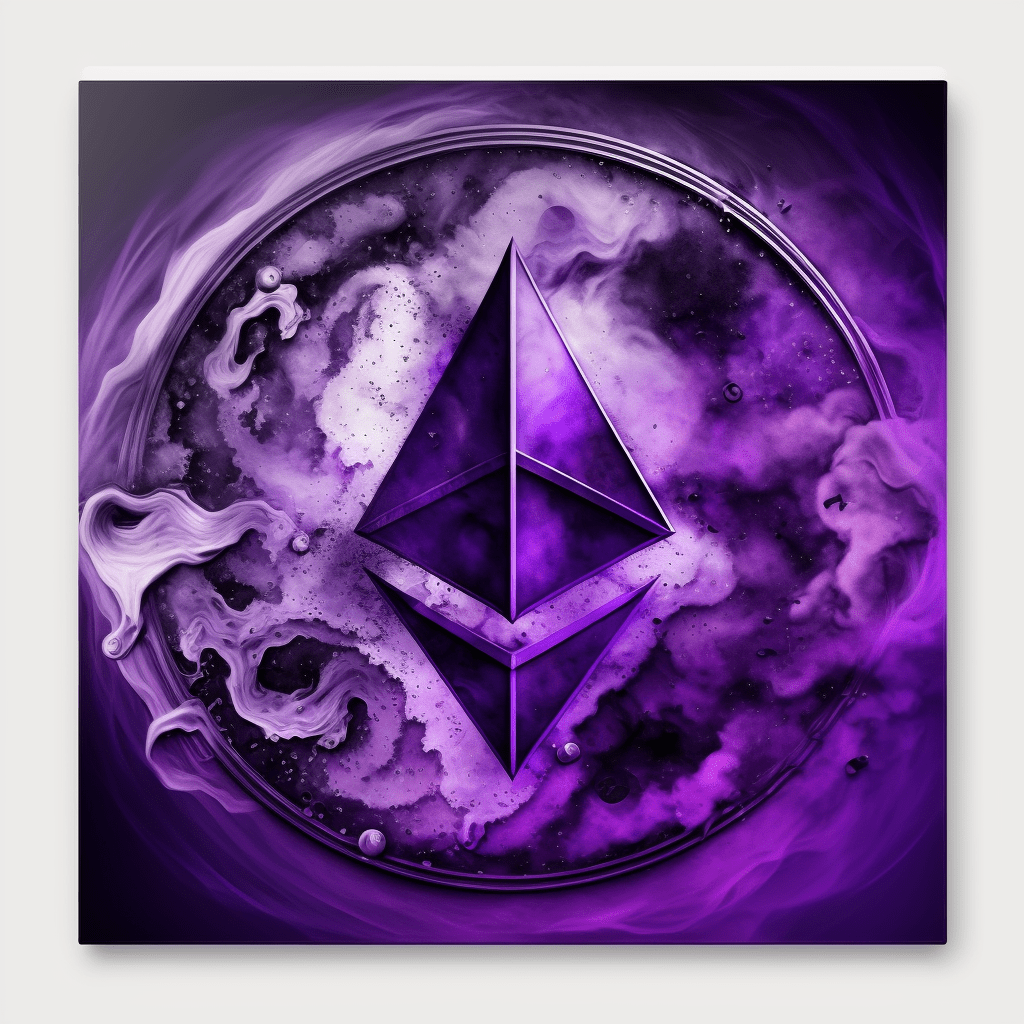The surge in popularity of non-fungible tokens (NFTs) has spurred interest from creators and collectors eager to mint unique and valuable digital assets. A crucial aspect to consider when minting an NFT is the cost involved in the process, which can vary depending on the blockchain platform utilized. In this article, we delve into the costs associated with some of the most popular blockchain platforms, helping you navigate and better understand the financial implications of creating NFTs.

Ethereum (ETH)
As the leading blockchain platform for NFT creation and trade, Ethereum has become the go-to choice for many artists and collectors. However, the cost of minting an NFT on Ethereum can be quite steep, primarily due to the platform’s fees, known as “gas.”
Gas Fees and Their Variability
Gas fees depend on network congestion and the complexity of the smart contract being executed. When the Ethereum network is congested, miners favor transactions with higher gas fees, resulting in a bidding war that can drive up costs. Therefore, it is essential to keep an eye on Ethereum gas fees before minting an NFT to avoid unexpected expenses.
Layer-2 Solutions
One approach to mitigate high Ethereum gas fees is by leveraging layer-2 solutions like Immutable X, a scalable and gas-free protocol for minting and trading NFTs built atop the Ethereum blockchain. Such platforms can help creators reduce minting costs while maintaining the security and decentralization benefits offered by the Ethereum network.
Binance Smart Chain (BSC)
The Binance Smart Chain is an alternative to Ethereum for NFT creation, offering lower transaction fees and faster processing times due to its Proof-of-Staked Authority (PoSA) consensus model.
Lower Gas Fees
Compared to Ethereum, gas fees on the Binance Smart Chain are significantly lower, making it an attractive option for creators who want to reduce the cost of minting NFTs. However, it is important to note that BSC’s lower fees come at the expense of decentralization, as the Binance Smart Chain is considered to be more centralized than Ethereum.
BEP-721 and BEP-1155 Token Standards
NFTs on BSC are minted using the BEP-721 or BEP-1155 token standards, which are analogous to Ethereum’s ERC-721 and ERC-1155 standards. These token standards ensure that NFTs created on the Binance Smart Chain maintain their non-fungible properties, and allow for compatibility with BSC-based NFT Launchpads and marketplaces.
Flow

Flow is a novel blockchain platform designed explicitly for NFTs and decentralized applications (dApps). Created by the team behind CryptoKitties, Flow boasts excellent scalability and exceptional user experience.
Price Stability and Predictable Fees
The cost of minting NFTs on Flow is more stable and predictable than Ethereum, thanks to its resource-oriented programming model and built-in token economics. This stability ensures that creators can plan their NFT minting process more effectively without being concerned about sudden spikes in transaction costs.
Inclusive Ecosystem
Flow has attracted various high-profile projects and partners, including NBA Top Shot and Ubisoft, fostering a diverse ecosystem with broad appeal. Despite Flow’s relatively lower trading volumes and liquidity compared to Ethereum, its inclusive ecosystem and lower minting costs make the blockchain platform a viable option for NFT creators.
Tezos (XTZ)
Tezos is another blockchain platform gaining traction in the NFT space, offering some unique features and advantages for NFT minting:
Energy-Efficient Minting
Tezos uses a Proof-of-Stake (PoS) consensus algorithm, ensuring a more energy-efficient minting process compared to Ethereum’s current Proof-of-Work (PoW) model. This makes Tezos an environmentally friendly alternative for creators concerned about their ecological footprint.
Reasonable and Stable Costs
Minting NFTs on Tezos assures reasonable and stable costs, with the platform’s native token (XTZ) used to pay transaction fees. This stability can be particularly appealing for creators looking to mint NFTs without worrying about large fluctuations in minting costs.
Navigating the Best Option for Minting NFTs

When considering which blockchain platform to use for minting NFTs, creators must take into account various factors, such as transaction fees or gas costs, platform popularity, and available NFT Launchpad and marketplace options. Potential environmental impact and ease of use are also relevant aspects when choosing the best route for NFT minting.
In conclusion, it is crucial for creators to carefully evaluate the features and costs associated with various blockchain platforms to identify the most suitable option for their specific needs. As the NFT market continues to grow and innovate, we can anticipate that new and improved solutions will emerge to further optimizethe minting process, expanding opportunities for creators and driving the evolution of the non-fungible token landscape.
